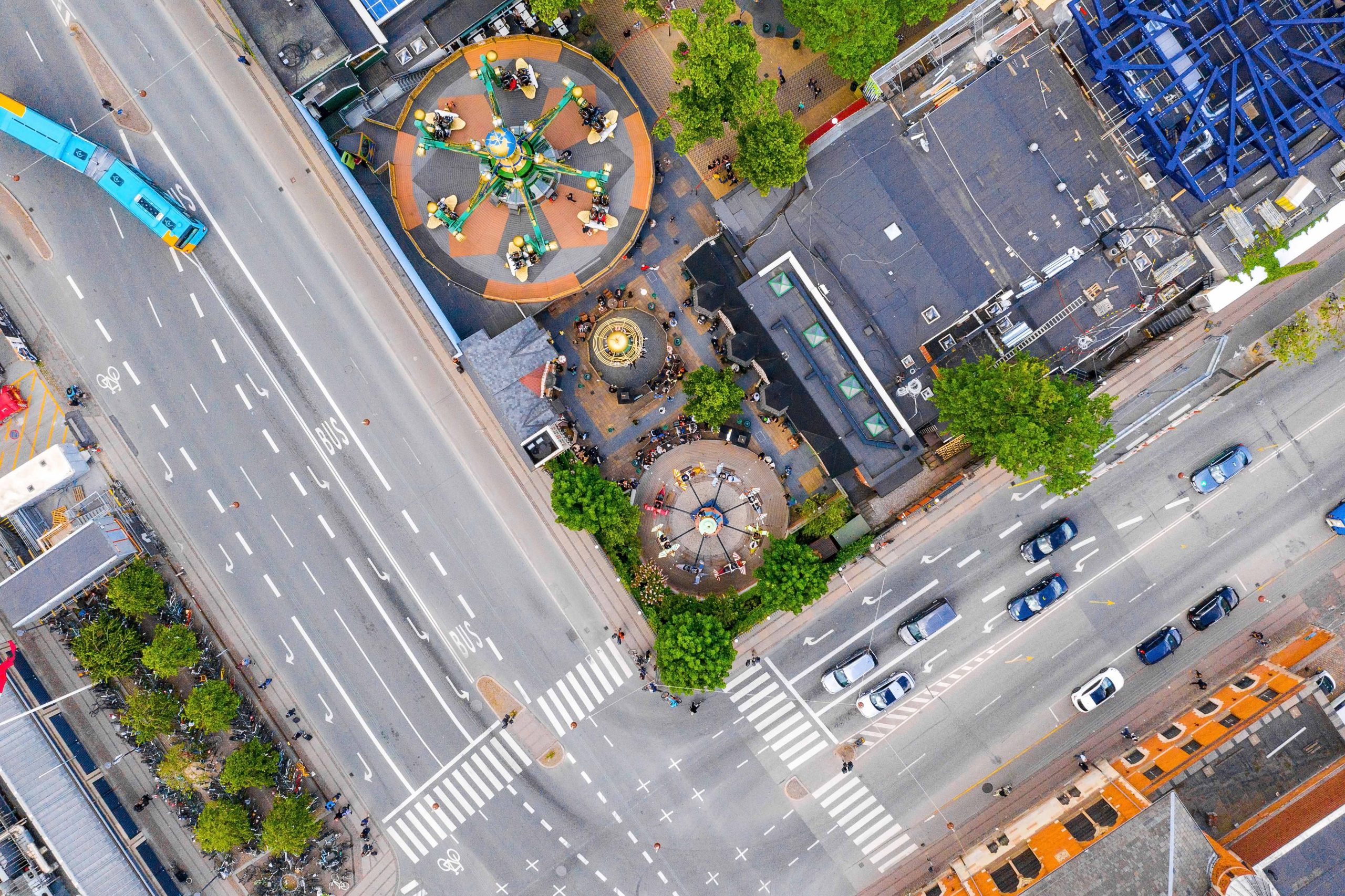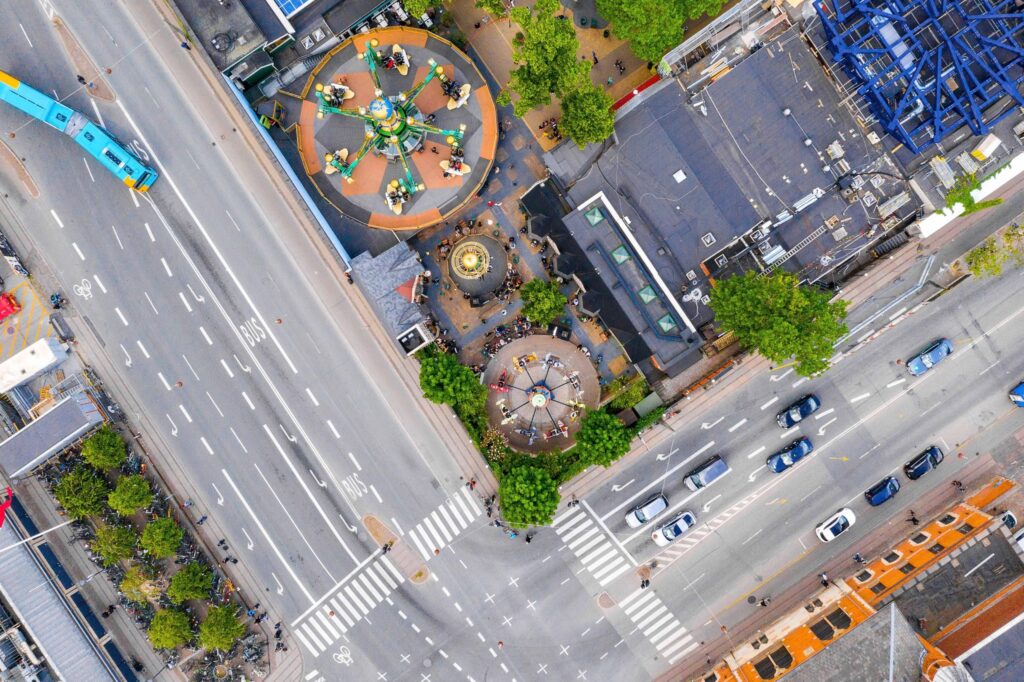
Smart City solution for smoother and cleaner traffic
The Vallensbaek Torvevej is a stretch of road in a Copenhagen suburb that has nine traffic light-controlled intersections. It is an important corridor with heavy traffic. Previously, traffic used to slow down to a crawl every day during rush hour. But TNL has implemented intelligent traffic control utilizing real-time data from GPS devices to regulate the traffic on a central intersection of the road. The result? The average speed has increased by 18%, delays have gone down by 21%, and yearly CO2 emissions are reduced by 1,5 tonnes.
A succesful Smart City Proof of Concept
The Vallensbaek Torvevej project is a proof of concept initiated by Gate 21, an organization which is a partnership to further the green transition. Local and regional governments work together with companies in Gate 21 to find Smart City solutions for the challenges of the energy conversion, green mobility and the circular economy. Achieving smoother traffic flow with fewer delays and emissions is one of the goals. For TNL, the Vallensbaek project was an excellent proof of concept to demonstrate our Smart City approach to traffic management.
How does it work? GPS systems, such as car navigation systems, are continuously tracked to obtain locations and speeds. These tracking data are called Floating Car Data or FCD. Once FCD from the Vallensbaek Torvevej has been fed into our traffic management platform MobiMaestro, the traffic on the road can be analyzed. Based on this analysis, MobiMaestro automatically sends instructions to the traffic lights for longer green time when the traffic slows down, so that the queue can dissolve. In this way, traffic flow is made as smooth as possible.
Previously, the traffic lights had different settings for green and red depending on the time of day. Now, the traffic lights continuously adapt to the intensity and speed of the traffic on the road. This dynamic approach has proven very effective, as the improvements in speed, delays and CO2 emissions show.
Expanding to other intersections
TNL is currently testing the FCD solution at four other intersections in Vallensbaek. Other municipalities in Denmark have also started testing it, in Tårnby at six intersections and in Albertslund at three intersections. These municipalities expect that this solution will help them achieve their own goals by optimizing the existing road capacity.

”Our solution at Vallensbaek Torvevej shows how far the exisiting infrastructure and the intelligent use of data can take us. The benefits are great, for the motorists as well as for the environment. We have therefore taken the solution one step further and are scaling it to other road authorities, so they too can harvest the gains.“


